The 1971 Dodge Charger R/T 426 Hemi Pilot Car is a legendary muscle car that has captured the hearts of car enthusiasts for decades. In this article, we will explore the history, design, performance, and cultural impact of this iconic vehicle. Whether you’re a fan of classic cars or simply appreciate the beauty of automotive craftsmanship, the 1971 Dodge Charger R/T is sure to impress.
The History of the 1971 Dodge Charger R/T
The 1971 Dodge Charger R/T was part of the third-generation Charger lineup, which was introduced in 1968. This particular model year marked some significant changes for the Charger, including a new front-end design and revised body styling. The Charger R/T, short for “Road and Track,” was the high-performance variant of the lineup, and it quickly gained a reputation for its impressive power and aggressive looks.
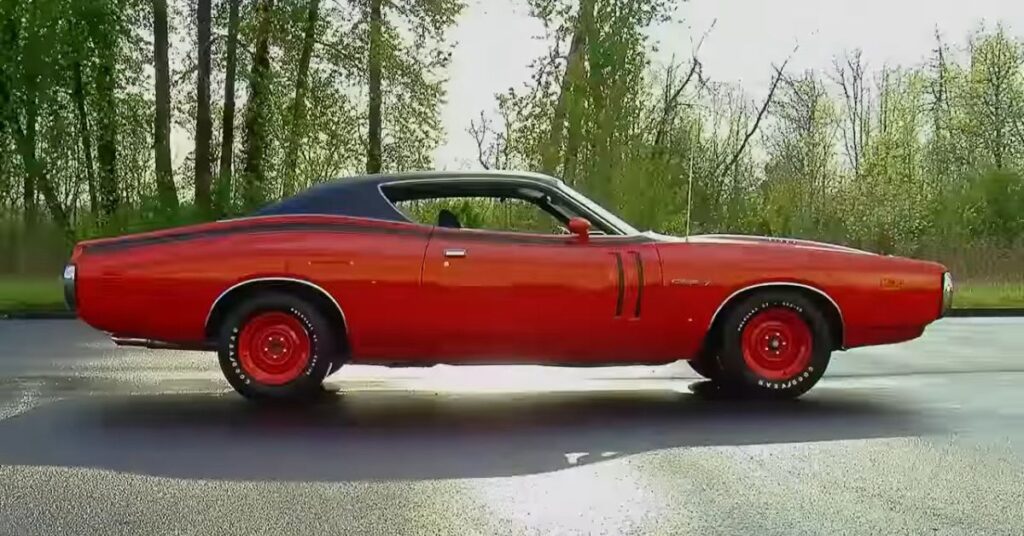
Design and Features
The 1971 Dodge Charger R/T had a unique and eye-catching design that made it stand out on the road. Its long hood, muscular fenders, and fastback roofline gave it a powerful and aggressive look. The front end of the Charger R/T was particularly striking, with a split grille and concealed headlights that added to its sleek and menacing appearance.
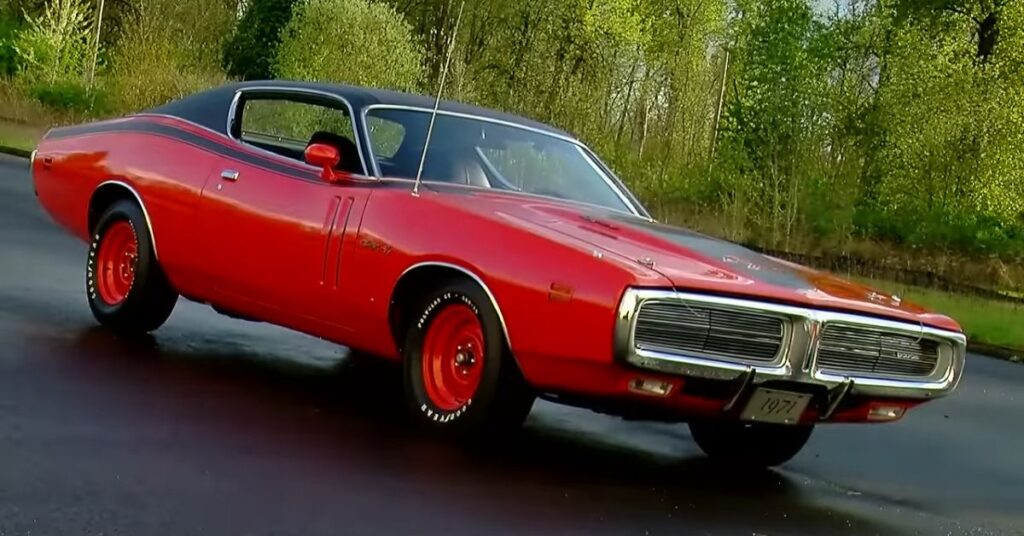
On the inside, the Charger R/T provided a spacious and comfortable cabin. It was equipped with high-quality materials and modern amenities, ensuring a pleasant driving experience for its occupants.
Performance and Powertrain
Under the hood, the 1971 Dodge Charger R/T was equipped with a potent 426 Hemi V8 engine, which was one of the most powerful engines of its era. With its hemispherical combustion chambers and high-flow heads, the 426 Hemi delivered impressive performance numbers.
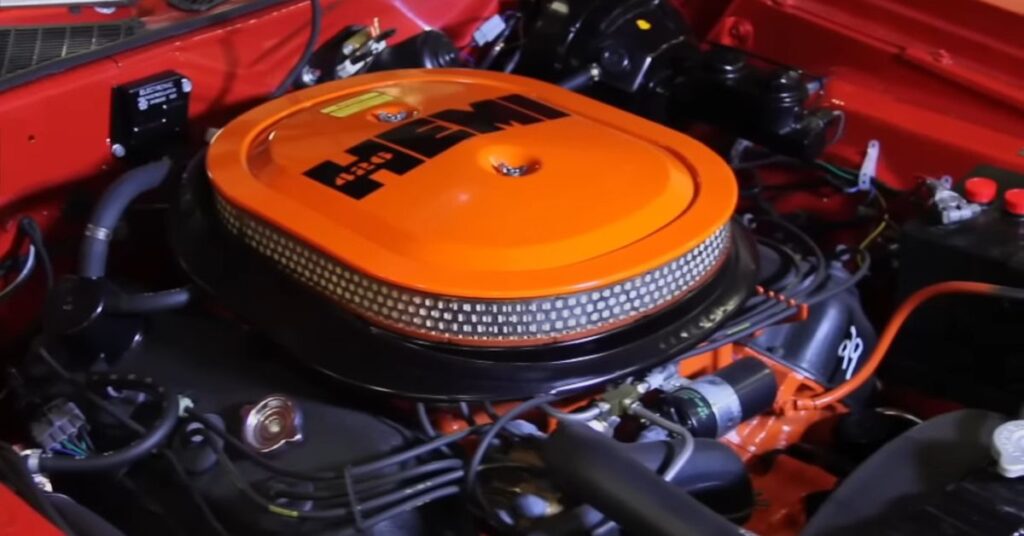
It produced around 425 horsepower and 490 lb-ft of torque, allowing the Charger R/T to accelerate from 0 to 60 mph in just over 5 seconds. The car also featured other performance-enhancing components such as heavy-duty suspension, power-assisted brakes, and high-performance tires.
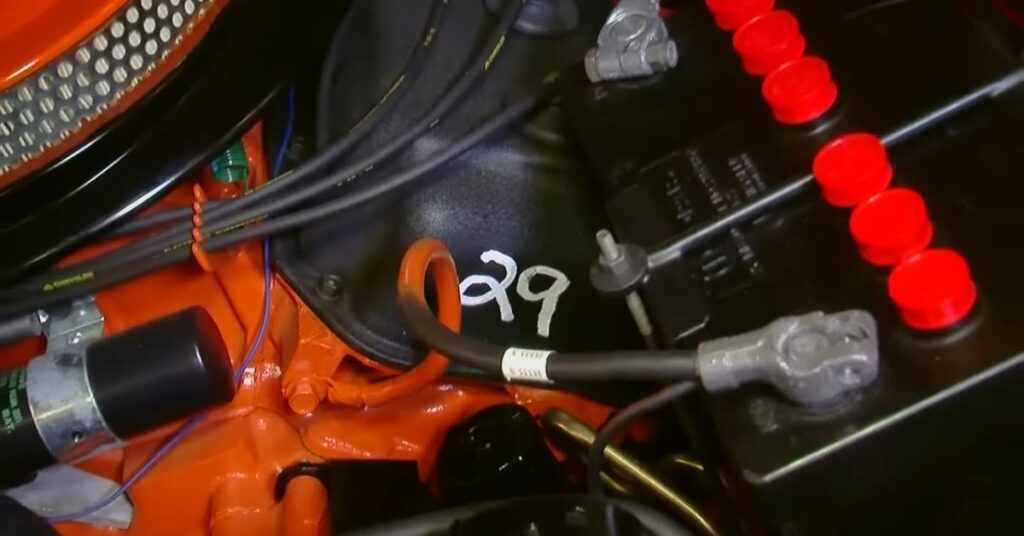
The 1971 Dodge Charger R/T quickly became a symbol of American muscle cars and captured the imagination of car enthusiasts around the world. Its appearance in popular culture, such as movies and television shows, further cemented its status as an icon. The Charger R/T was featured prominently in the “Muscle Car of the Week” video series, which showcased its timeless design and exhilarating performance.
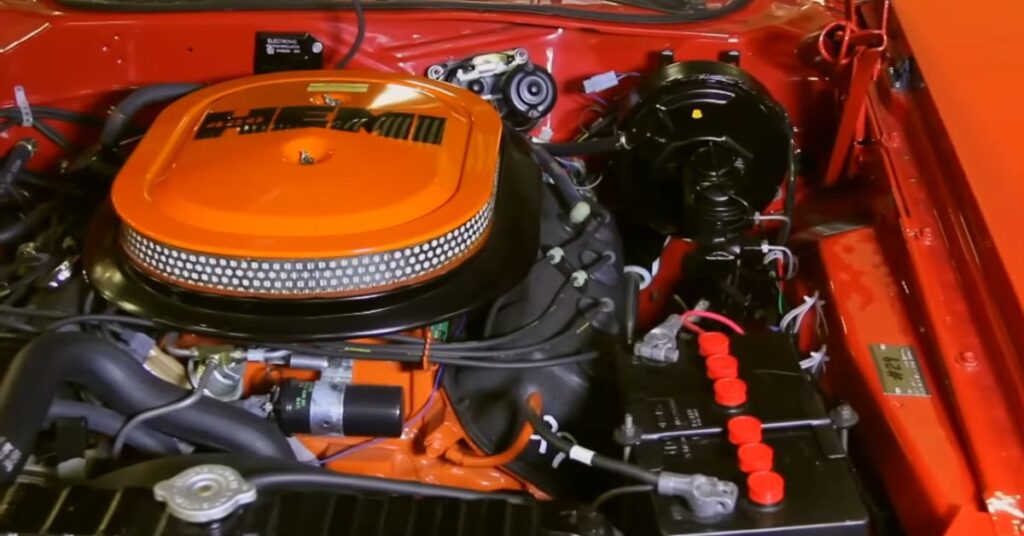
Wheels
Wheels are essential components of any vehicle, including the 1971 Dodge Charger R/T 426 Hemi Pilot Car. These circular objects provide the necessary support and enable the vehicle to move smoothly on the road. The Charger R/T is equipped with specially designed wheels that not only enhance its performance but also contribute to its overall aesthetic appeal. The wheels feature a stylish and distinctive design, often incorporating intricate patterns and polished finishes. Whether they are made of alloy or steel, these wheels are carefully crafted to withstand the demands of high-speed driving while adding a touch of elegance to the Charger R/T’s iconic look.
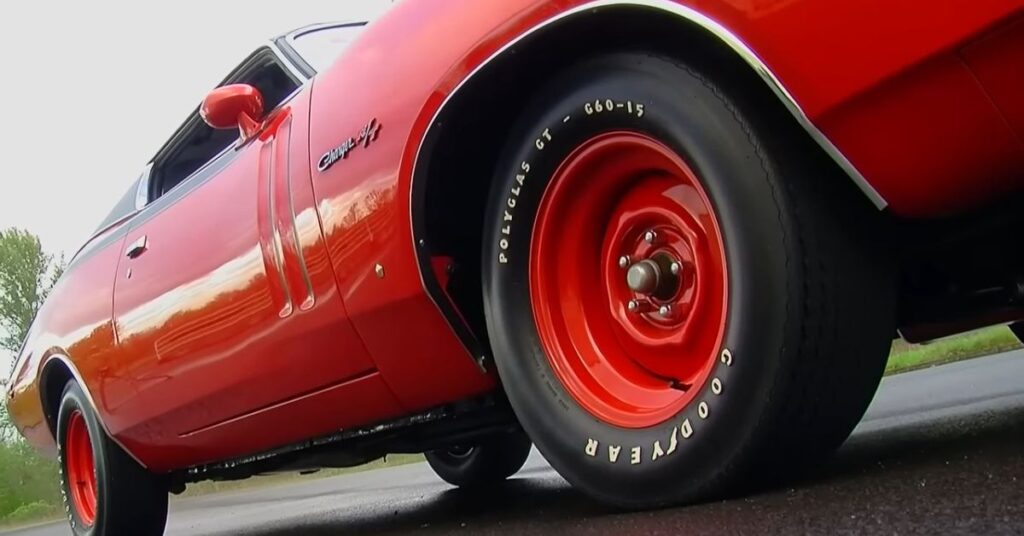
The size and type of wheels play a crucial role in the performance and handling of the 1971 Dodge Charger R/T. The Charger R/T typically features larger wheels with a diameter of around 15 inches, allowing for improved traction and stability on the road. These wheels are also wider, providing a larger contact patch between the tires and the surface. This design not only enhances grip during acceleration and cornering but also contributes to a smoother and more controlled ride. Additionally, the wheels are often fitted with high-performance tires that are specifically engineered to complement the Charger R/T’s power and handling capabilities, ensuring optimal performance and safety.
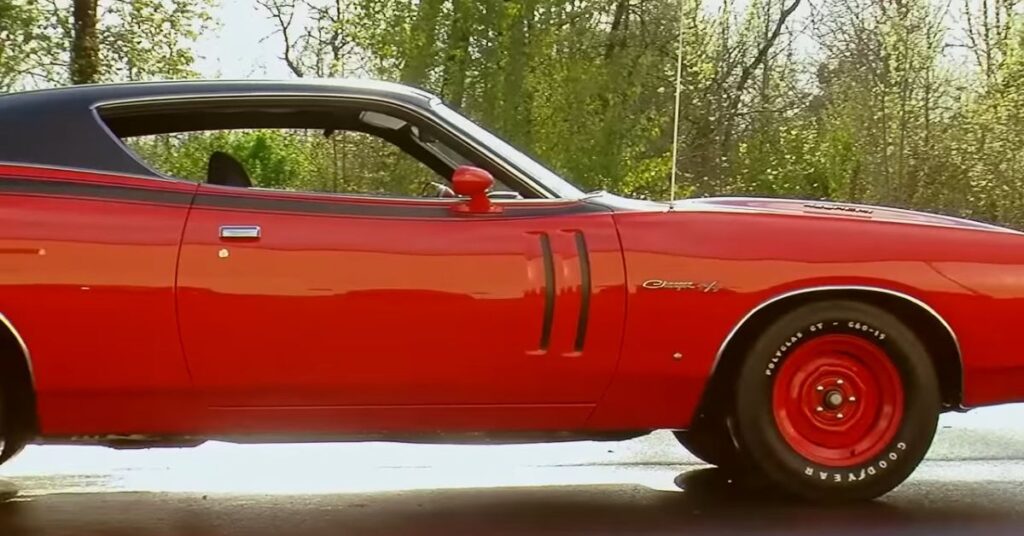
Maintaining the wheels of the 1971 Dodge Charger R/T is essential to preserve their performance and appearance. Regular cleaning and inspection are necessary to remove dirt, debris, and brake dust that can accumulate on the wheels. It is also important to check the tire pressure regularly to ensure optimal performance and fuel efficiency. In the case of any damage or signs of wear, such as cracks or bent rims, it is crucial to address them promptly by seeking professional assistance. By taking proper care of the wheels, owners can not only ensure the Charger R/T’s performance but also preserve its overall value and appeal.
The interior
The interior of the 1971 Dodge Charger R/T 426 Hemi Pilot Car is a testament to both style and comfort. Step inside, and you’ll be greeted by a spacious and well-appointed cabin. The seats are designed with both aesthetics and ergonomics in mind, offering ample support and comfort during long drives. Depending on the trim level and customization options, the seats may feature premium upholstery materials, such as leather or high-quality fabric, adding a touch of luxury to the interior. The attention to detail is evident in the fine stitching and craftsmanship, showcasing the Charger R/T’s commitment to quality.
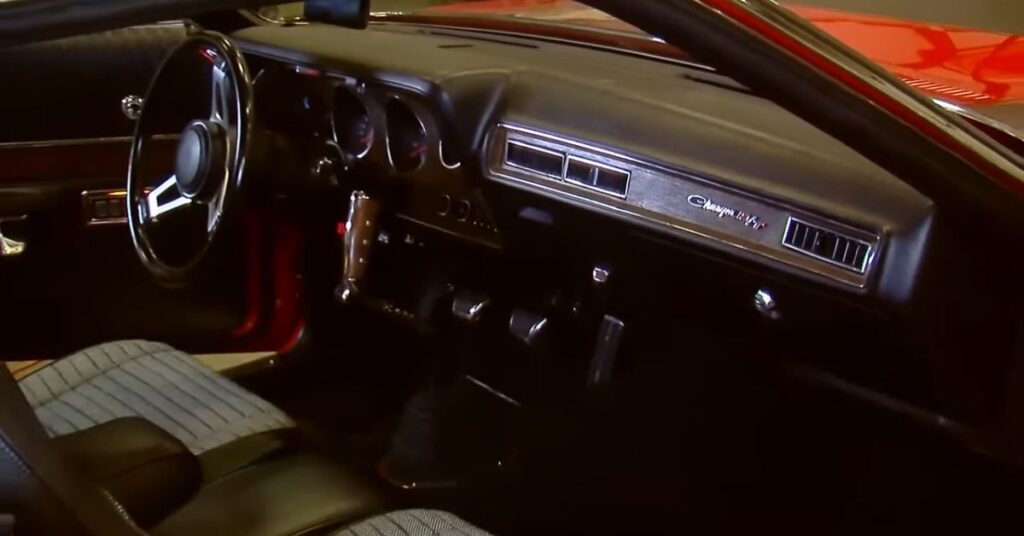
The dashboard of the Charger R/T is thoughtfully laid out, providing easy access to the vehicle’s controls and information. The instrument cluster features clear and concise gauges that provide vital information to the driver, including speed, engine RPM, and fuel levels. The center console houses the multimedia system, offering modern features such as audio controls, navigation, and connectivity options. Depending on the model, additional amenities such as climate control, power-adjustable seats, and a premium sound system may be included, enhancing the overall driving experience.

The interior of the Charger R/T also offers ample storage space to accommodate personal belongings and essentials. The center console typically features compartments and cup holders for convenience. In addition, there are door pockets and storage pockets in the rear seating area, allowing passengers to keep their items within easy reach. The trunk space of the Charger R/T is also generous, providing ample room for luggage or other cargo during road trips or daily errands.
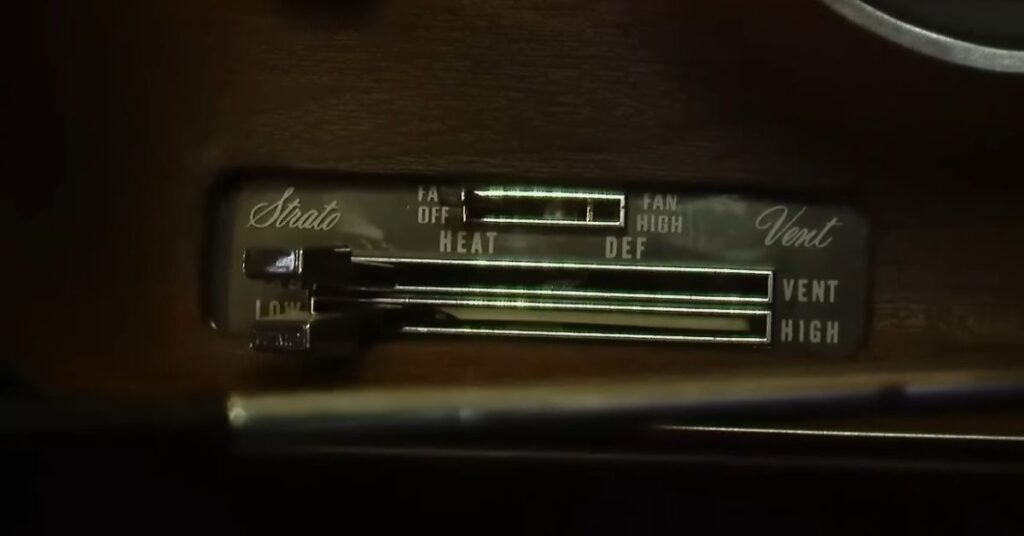
Comfort and convenience are prioritized in the Charger R/T’s interior. The cabin is designed to minimize road and engine noise, creating a quiet and serene atmosphere for both the driver and passengers. The inclusion of advanced sound insulation materials ensures a comfortable and enjoyable ride, even at high speeds. Additionally, the interior lighting is carefully placed to provide visibility without compromising the overall ambience of the cabin. The 1971 Dodge Charger R/T 426 Hemi Pilot Car’s interior is a blend of style, comfort, and practicality, making it a desirable choice for those seeking a refined and enjoyable driving experience.
Conclusion
In conclusion, the 1971 Dodge Charger R/T 426 Hemi Pilot Car is a true icon of American muscle cars. Its powerful engine, striking design, and impressive performance make it a timeless classic that continues to captivate automotive enthusiasts to this day. Whether it’s the roaring sound of the Hemi engine, the sleek and aggressive exterior, or the comfortable and well-appointed interior, the Charger R/T offers an exhilarating driving experience that is hard to match.
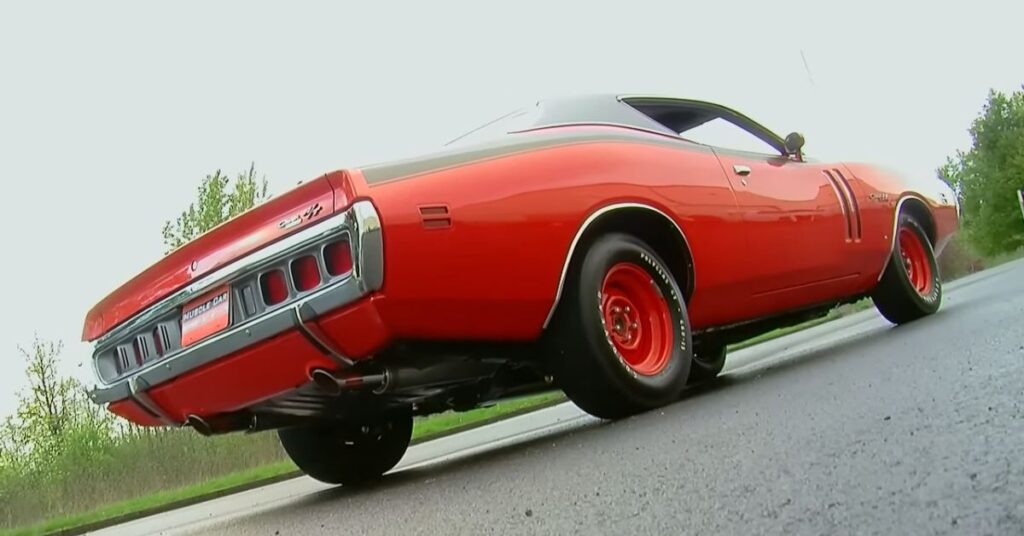
Owning a 1971 Dodge Charger R/T 426 Hemi Pilot Car is not just about owning a car, but also about owning a piece of automotive history. It represents a bygone era when muscle cars ruled the roads and exemplifies the passion and craftsmanship of that time. The Charger R/T’s enduring popularity and desirability among collectors and enthusiasts alike speak to its timeless appeal and significance in the automotive world.
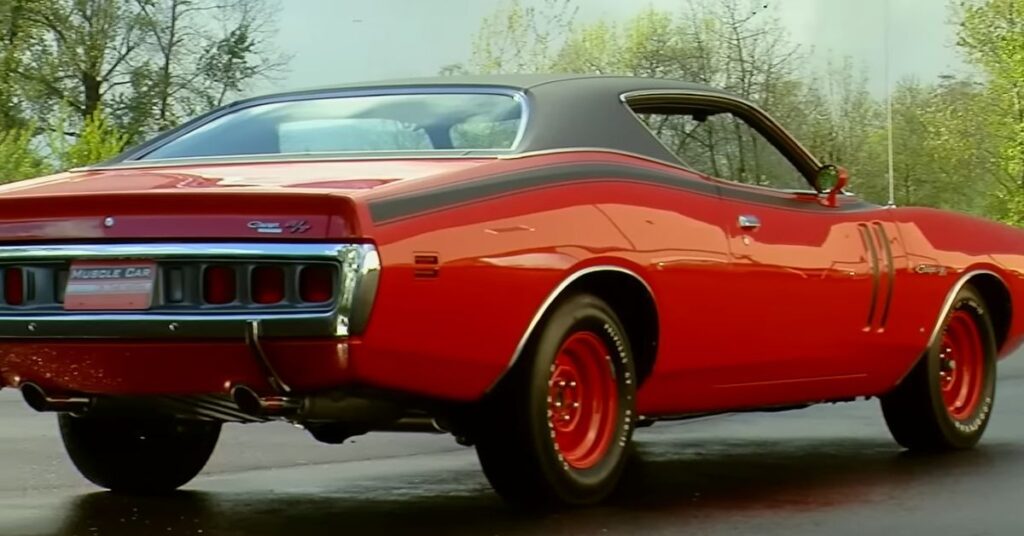
From its eye-catching design to its impressive performance capabilities, the Charger R/T continues to leave a lasting impression wherever it goes. It remains a symbol of power, style, and American automotive excellence. Whether you’re a collector, an enthusiast, or simply someone who appreciates the beauty of classic cars, the 1971 Dodge Charger R/T 426 Hemi Pilot Car is sure to ignite your passion and provide an unforgettable driving experience.
